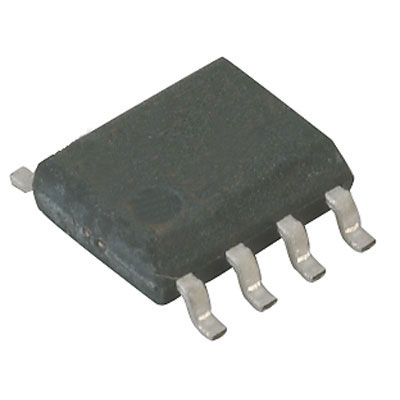

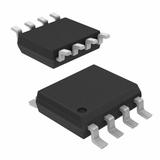


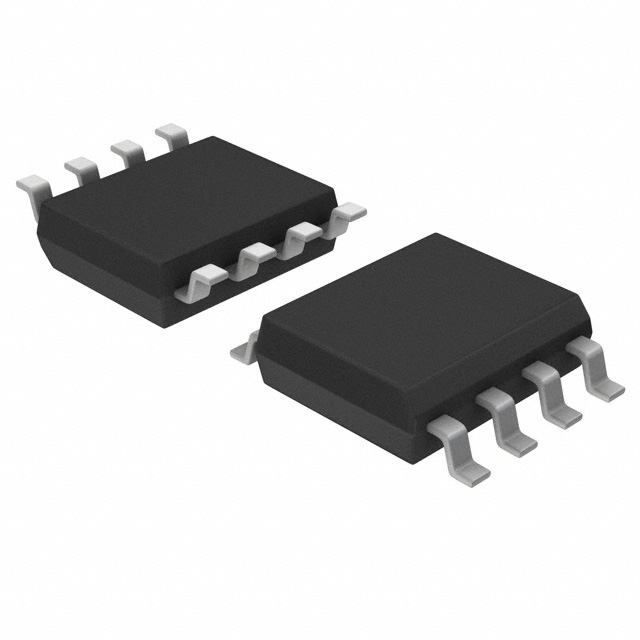


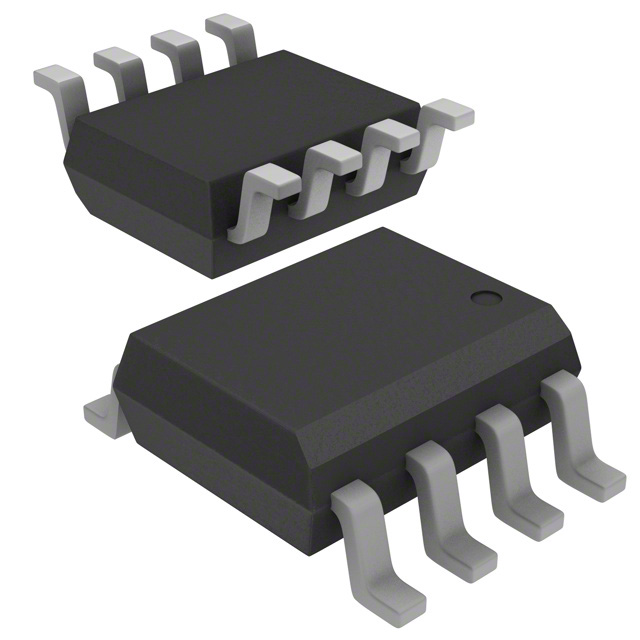
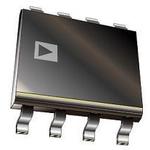
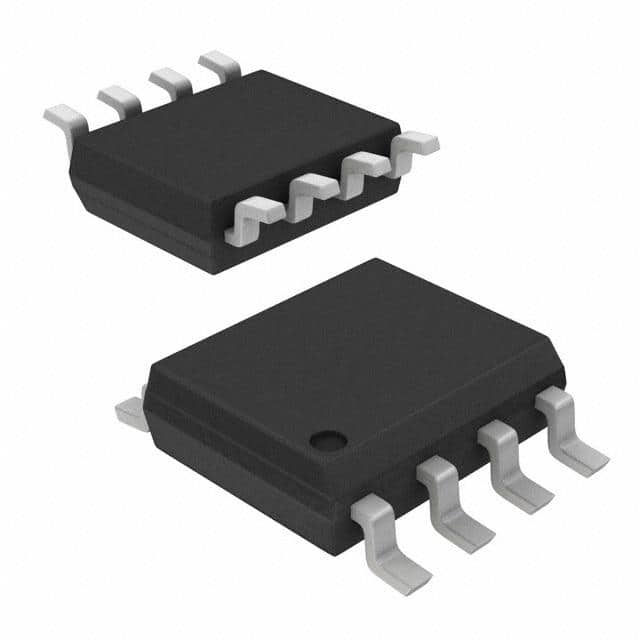
双9 MHz的高精度运算放大器 Dual 9 MHz Precision Operational Amplifier
Product Details
The OP285 is a precision high-speed amplifier featuring the Butler Amplifier front-end. This new front-end design combines the accuracy and low noise performance of bipolar transistors with the speed of JFETs. This yields an amplifier with high slew rates, low offset and good noise performance at low supply currents. Bias currents are also low compared to bipolar designs.
The OP285 offers the slew rate and low power of a JFET amplifier combined with the precision, low noise and low drift of a bipolar amplifier. Input offset voltage is laser-trimmed and guaranteed less than 250 μV. This makes the OP285 useful in dc-coupled or summing applications without the need for special selections or the added noise of additional offset adjustment circuitry. Slew rates of 22 V/μs and a bandwidth of 9 MHz make the OP285 one of the most accurate medium speed amplifiers available.
The combination of low noise, speed and accuracy can be used to build high speed instrumentation systems. Circuits such as instrumentation amplifiers, ramp generators, bi-quad filters and dc-coupled audio systems are all practical with the OP285. For applications that require long term stability, the OP285 has a guaranteed maximum long term drift specification.
The OP285 is specified over the XIND—extended industrial— −40°C to +85°C temperature range. The OP285 is available in an 8-lead SOIC_N surface mount package.
**Applications**
- .
- High performance audio
- .
- Active filters
- .
- Fast amplifiers
- .
- Integrators
### Features and Benefits
- .
- Low offset voltage: 250 μV
- .
- Low noise: 6 nV/√Hz
- .
- Low distortion: 0.0006%
- .
- High slew rate: 22 V/μs
- .
- Wide bandwidth: 9 MHz
- .
- Low supply current: 5 mA
- .
- Low offset current: 2 nA
- .
- Unity-gain stable
- .
- 8-lead SOIC_N package
供电电流 4 mA
电路数 2
通道数 2
共模抑制比 106 dB
输入电容 7.50 pF
转换速率 22.0 V/μs
增益频宽积 9 MHz
输入补偿电压 35 µV
输入偏置电流 100 nA
工作温度Max 85 ℃
工作温度Min -40 ℃
增益带宽 9 MHz
共模抑制比Min 80 dB
电源电压Max 36 V
电源电压Min 9 V
安装方式 Surface Mount
引脚数 8
封装 SOIC-8
封装 SOIC-8
工作温度 -40℃ ~ 85℃
产品生命周期 Active
包装方式 Tube
RoHS标准 Non-Compliant
含铅标准 Contains Lead
军工级 No




| 型号/品牌 | 代替类型 | 替代型号对比 |
|---|---|---|
OP285GS ADI 亚德诺 | 当前型号 | 当前型号 |
OP285GSZ 亚德诺 | 类似代替 | OP285GS和OP285GSZ的区别 |
OP285GSZ-REEL7 亚德诺 | 类似代替 | OP285GS和OP285GSZ-REEL7的区别 |
OP285GSZ-REEL 亚德诺 | 类似代替 | OP285GS和OP285GSZ-REEL的区别 |